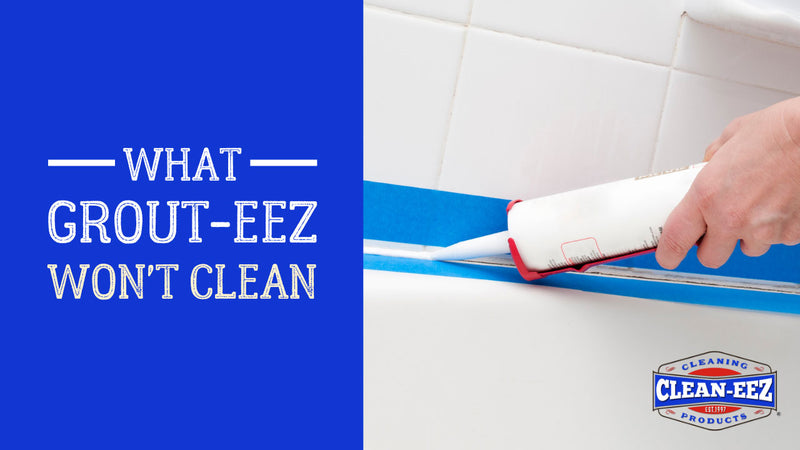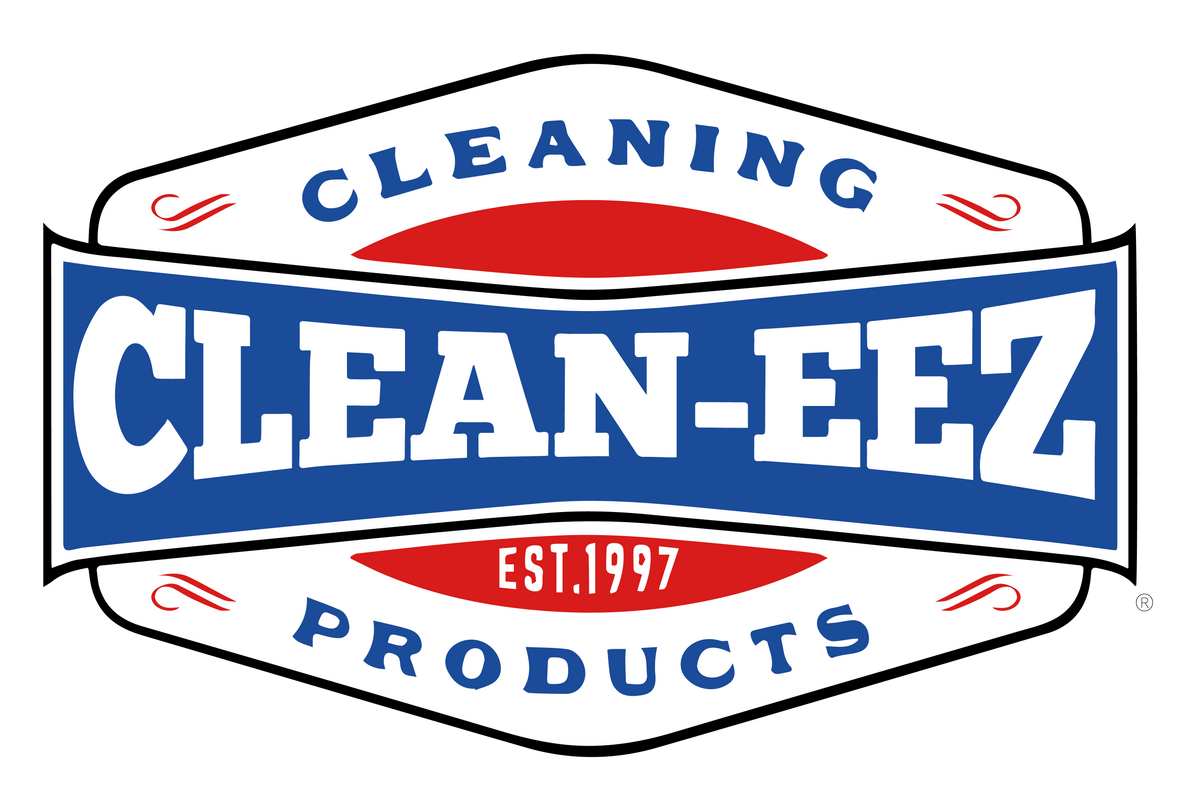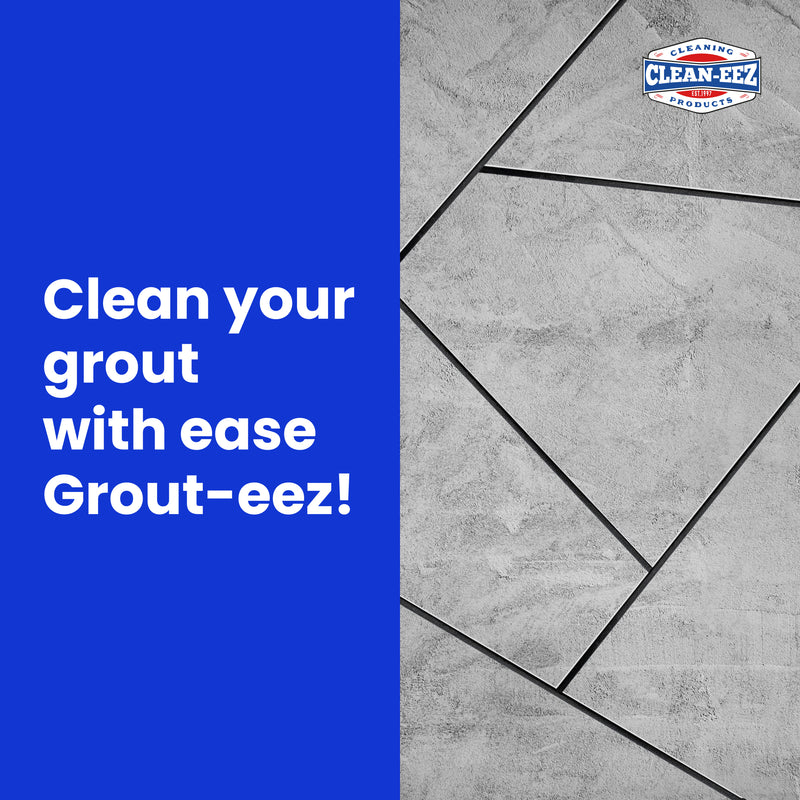
Grout-eez is an amazing cleaner that will remove almost any stain or substance from your grout lines and ceramic tile, but it won’t remove mold from caulk. People will clean their showers using Grout-eez and get a sparkling result everywhere but the caulk line that connects your fiberglass shower pan or bathtub to your tile. You replace the caulk with grout, but it will ultimately crack and break as that’s an area that needs to flex.
Let’s talk caulk
Unfortunately, the only way to solve the problem is to remove the caulk itself. Carefully rip out the caulk with a screwdriver or a painter’s five-in-one tool. Clean in and behind the space with Grout-eez, making sure you remove all the mold. Let the area dry for 24 hours and then recaulk it. You can expect to replace the caulk every five or six years.

The straight scoop on cleaning vertical surfaces
Your shower and tub enclosure are vertical boxes for a reason. Normally, you don’t want liquid to cling to the walls. But when you’re using Grout-eez, you want it to dwell in your grout lines before you scrub. So how do you thoroughly clean a vertical surface?
First, turn on the fan or open a window. You always want to use Grout-eez in a well-ventilated space, and this is especially true for a small space. Cover the drain with towel. As excess Grout-eez runs down the wall, you can catch and use it. Shake your Grout-eez and begin applying it at a high point on the wall. Dip your brush in any liquid that rolls down and start scrubbing. Do a small area at a time. It may take a bit more elbow grease to get your tile and grout clean when working on a vertical surface.
Rinsed and ready
After the shower or tub enclosure is shiny and clean, give it a good rinse. Use the hand-held shower nozzle if you have one, or you can use a spray bottle filled with water or a wet towel. Rinse the area thoroughly and the shower will be ready to use!
Count on Clean-eez for rock-solid advice about how to clean your surfaces.
Thanks for using Clean-eez products. Remember to match the cleaner to the type of surface.



0 comments